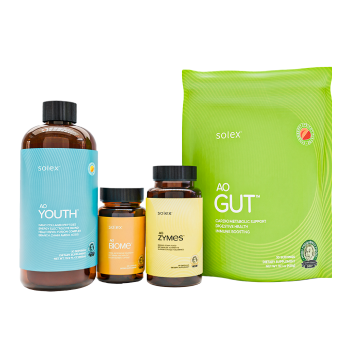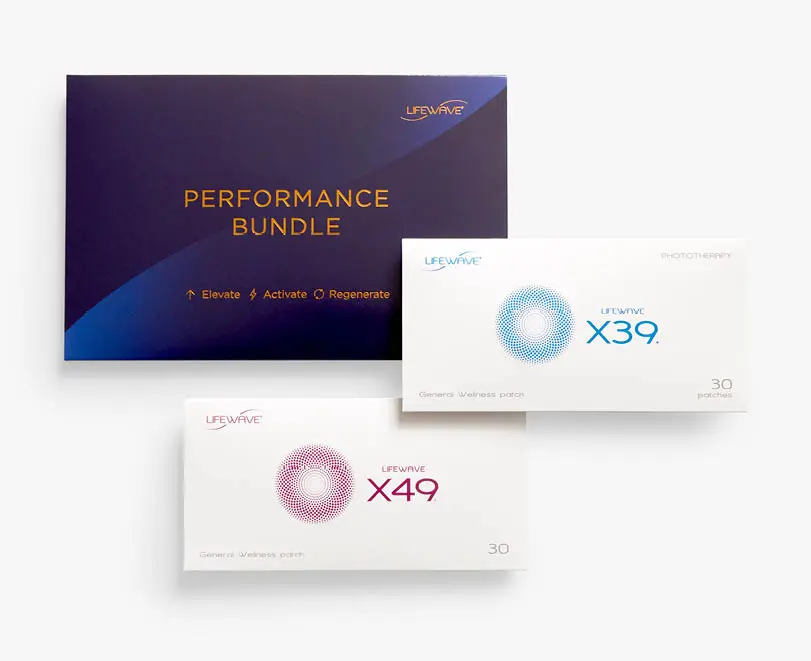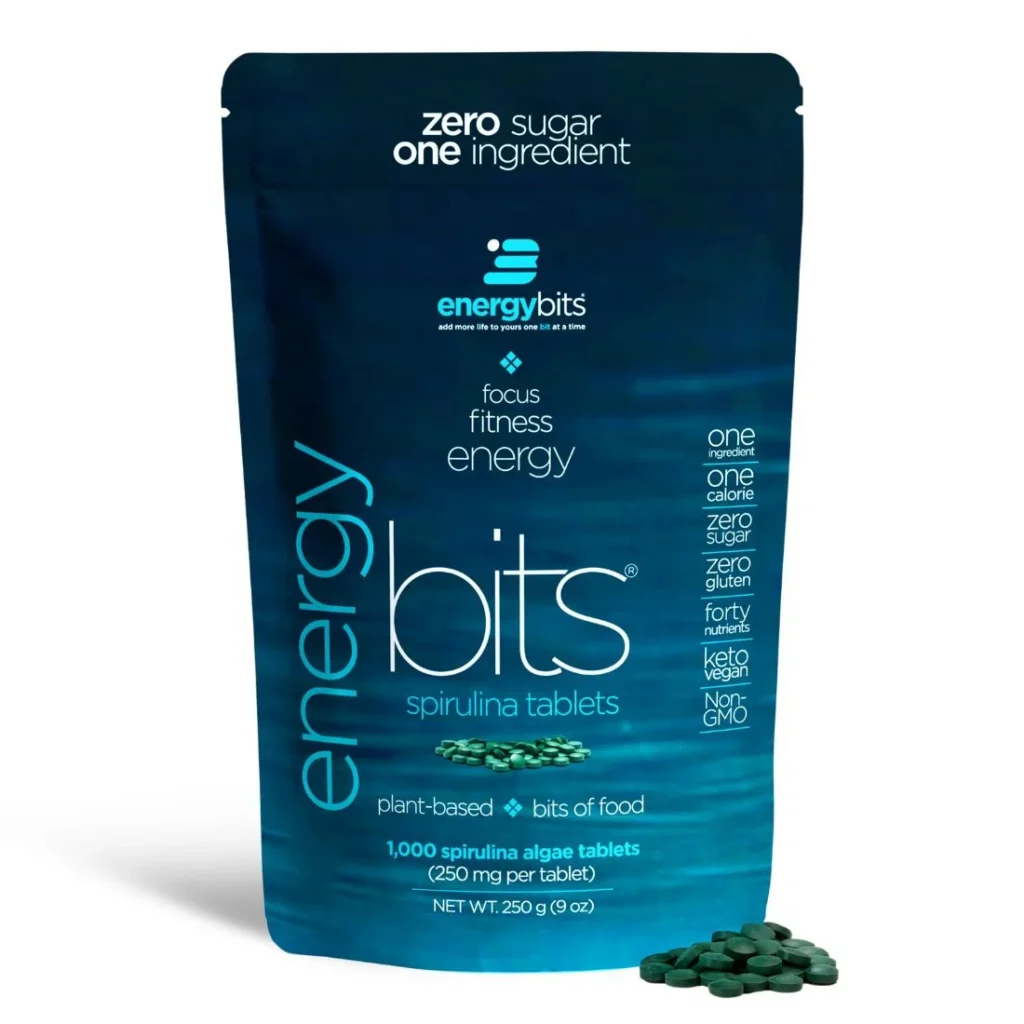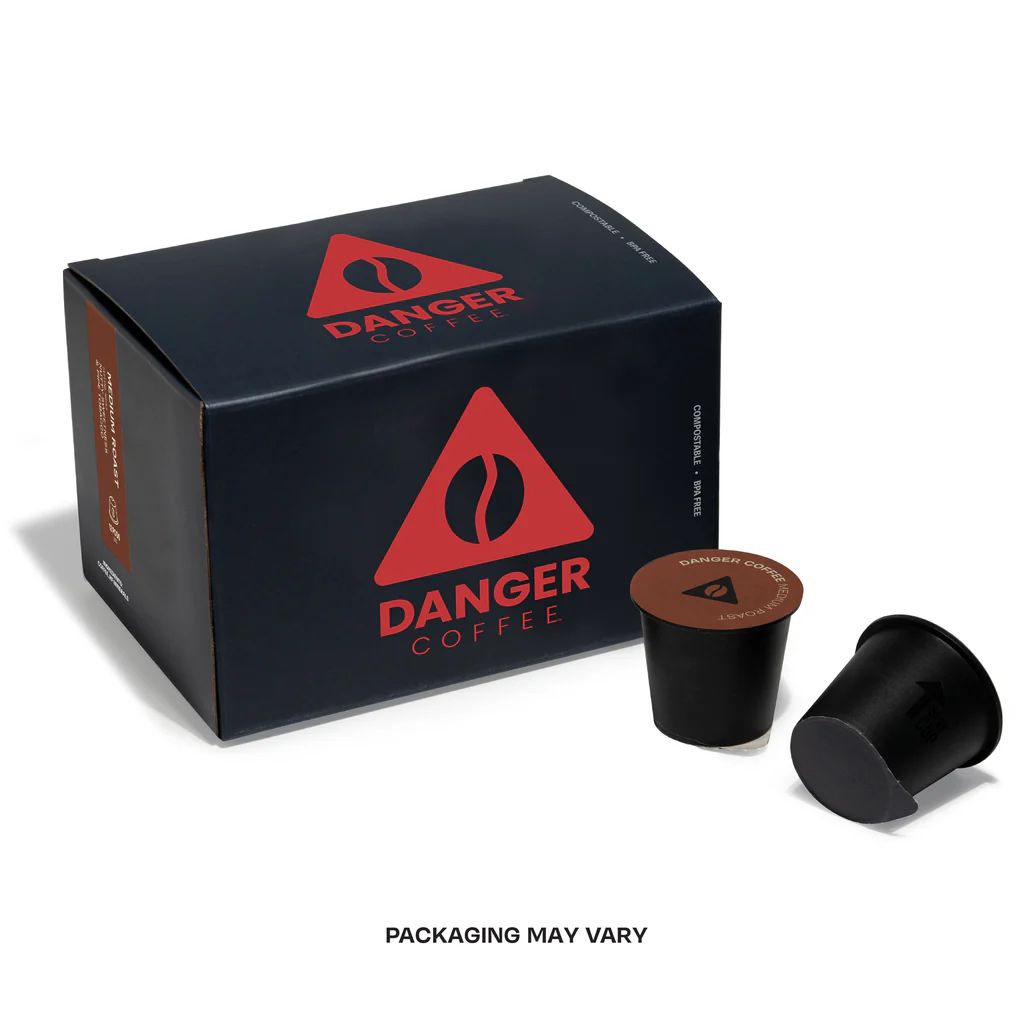The conversation around protein has evolved. It’s no longer just for bodybuilders; it’s recognized as the cornerstone of metabolic health, body composition, and longevity. At the forefront of this movement is Dr. Gabrielle Lyon, a functional medicine physician who has developed a powerful, evidence-based protocol centered on one core principle: prioritizing protein.
The “Dr. Gabrielle Lyon Protocol” isn’t a fad diet. It’s a strategic nutritional framework designed to optimize muscle health, which she identifies as the key organ for longevity. This guide breaks down the protocol into actionable steps to help you consistently hit your protein goal and transform your health from the inside out.
The Core Principle: Why Muscle-Centric Medicine Changes Everything
Dr. Lyon’s philosophy is built on the concept of “muscle-centric medicine.” This perspective posits that skeletal muscle is not just for movement; it is a critical endocrine organ that regulates metabolism.
A healthy muscle mass:
- Is the primary site for glucose disposal, improving insulin sensitivity.
- Releases beneficial myokines (protein compounds) that fight inflammation and support brain health.
- Is the fundamental predictor of longevity and resilience against disease.
The goal of the protocol, therefore, is to nourish and build this vital organ through targeted protein intake and resistance training.
Calculate Your Personalized Protein Target
Forget the outdated RDA. The Lyon Protocol uses a more robust calculation to ensure your muscles have the fuel they need to thrive.
The Formula:
Aim for 1.6 to 2.2 grams of protein per kilogram of ideal body weight per day.
How to Calculate:
- Know your goal weight in kilograms
(Your goal weight in lbs ÷ 2.2 = weight in kg) - Multiply that number by 1.6 for the lower end of the range
- Multiply it by 2.2 for the higher, more aggressive end
Example:
For a person with a goal weight of 68 kg (150 lbs), the daily protein target would be 109g to 150g.Who should be on the higher end?
Individuals who are highly active, elderly (to combat sarcopenia), or looking to lose significant body fat while preserving muscle.
Distribute Your Protein Across Meals
This is the most crucial and practical part of the protocol. Instead of loading up on protein at one meal, you distribute it evenly throughout the day.
The Rule:
Aim for 30–50 grams of high-quality protein per meal, across 3–4 meals.
The Science:
This pattern maximizes Muscle Protein Synthesis (MPS)—the process of building new muscle. MPS has a ceiling effect; a large bolus of protein at dinner doesn’t make up for a low-protein breakfast. Consistent dosing sends a continuous “build and repair” signal to your muscles.
Prioritize High-Quality, Complete Protein Sources
Not all protein is created equal. The protocol emphasizes complete proteins, which contain all nine essential amino acids, with a special focus on leucine—the key amino acid that triggers MPS.
Top Tier Sources (High in Leucine):
Animal-Based:
- Lean beef
- Chicken breast
- Turkey
- Eggs
- Fish (salmon, tuna)
- Cottage cheese
- Greek yogurt
- Whey protein isolate
Plant-Based:
While some plant proteins are incomplete, you can combine sources. Focus on:
- Soy (tofu, tempeh)
- Peas
- Lentils
Plant-based eaters often need to be more intentional with portion sizes to hit leucine thresholds.
A Practical Day of Eating on the Lyon Protocol
Putting it all together is simpler than it seems. Here’s what a day targeting ~130g of protein might look like:
- Breakfast (~35g):
4 eggs scrambled with 1 oz cheese + 1 cup Greek yogurt - Lunch (~40g):
5 oz (cooked) grilled chicken breast over a large salad with quinoa - Snack (~25g):
1 scoop of protein powder mixed with water or milk
Dinner (~40g):
6 oz (cooked) salmon with roasted broccoli and sweet potato
Common Challenges and How to Overcome Them
“I get too full.”
Start slowly. Gradually increase your protein intake over a few weeks to allow your digestive system to adapt. Prioritize lean protein sources that are less satiating than fatty cuts.
“It’s too expensive.”
Focus on cost-effective sources like eggs, canned tuna, chicken thighs, cottage cheese, and whey protein. Protein is an investment in your long-term health, potentially reducing future healthcare costs.
“I’m plant-based.”
Be strategic. Combine complementary proteins (like rice and beans) and consider a plant-based protein powder to help you reach your total daily goal and leucine requirements.
Final Thoughts
The Dr. Gabrielle Lyon Protocol provides a clear, actionable roadmap for using nutrition as a tool for empowerment. By shifting your focus to muscle health through targeted protein intake, you’re not just dieting—you’re upgrading the metabolic engine of your body.
This approach promotes stable energy, reduces cravings, builds a resilient physique, and lays the foundation for a healthier, more vibrant life. It’s a practical and sustainable system for achieving lasting results.






















